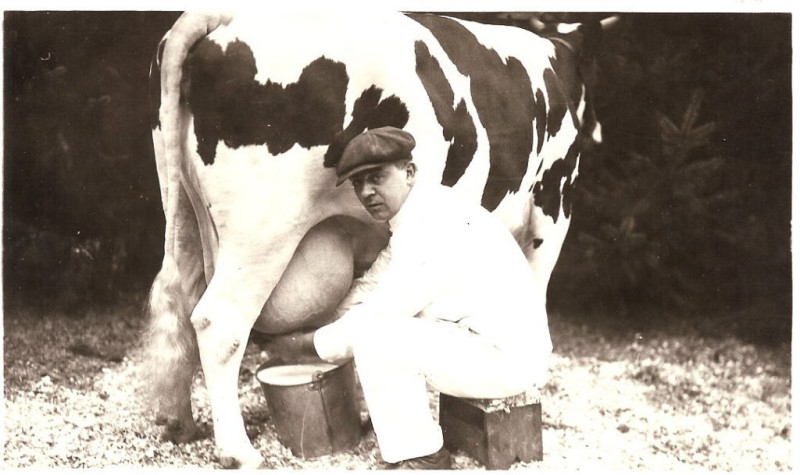A Place of Living History
Carnation Farms has been transformed over the years, from a dairy giant to a sustainable paradise teaching the next generation.

CARNATION FARMS MIGHT BE BEST KNOWN FOR ITS BEGINNINGS, as a pioneering dairy that grew into a food empire, but these days, the farm is more about looking toward the future — providing high-quality organic food to the community as it educates kids and adults about food and sustainability.
The Washington Grown team featured the farm in 2021, when Nadja Ochs served as an executive director. "Currently, we’re here to teach and educate people about sustainable agriculture, how food is grown," she said, "and have kids come out into the field and learn where their food comes from."
The 818-acre organic farm, located east of Seattle in the little town of Carnation, opened in 1908 as a dairy farm, eventually growing into the Carnation brand you see in grocery stores everywhere. Nestle purchased Carnation in 1985 and sold the farm to a nonprofit in 2008. Today, the farm grows more than 100 seasonal vegetables and fruit, and its other offerings include beef, lamb and mutton shares; eggs; and Thanksgiving turkeys. While it operates both a CSA and a farm stand, the core of Carnation Farms’ mission is to educate the community with hands-on experience.
"They can work in the field, they can harvest that vegetable, they can cook it, they can eat it, they can enjoy it," said Ochs. "They get to experience the whole food system."
Rosie Smit, then the director of agriculture information, was in charge of offering tours and working with kids visiting the farm. During a tour for the Washington Grown team, she watched a flock of 60 week-old baby turkeys scurry around under an incubator light. She said they’ll be moved outside when their feathers grow out and they can regulate their body temperatures.
Out in the pasture, a flock of adult turkeys pecked at the grasses and ran freely around a wide, gated area. Kindness to the livestock has always been a key tenet of Carnation Farms, whose first owner created policies to ensure the cows were happy and healthy.
Smit pointed at the turkeys grazing in the grasses and clover. "They are destined for Thanksgiving dinners," she said. "They come out of the breeder, and they live the rest of their lives on pasture, so we move this electric fencing around. And if you gobble, sometimes they gobble back." (We gobbled, and they did in fact gobble back.)
Smit said she notices a huge difference when people get to see where their food comes from. "I think it’s inspiring people to eat better," she said. "Anytime we can excite folks about the food system and get them excited about food, it’s very satisfying."
Ochs smiled as she stood under an overcast sky outside the chicken coops, one of which is named "Starship Henterprise."
"On a sunny day, on a rainy day, it’s just absolutely gorgeous," she said. "And it’s inspiring to be around really smart farmers and a really good team of people that are growing delicious food."



